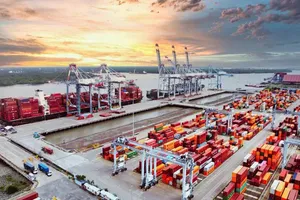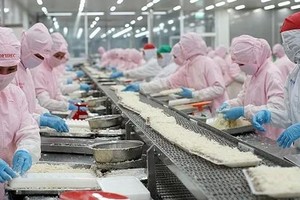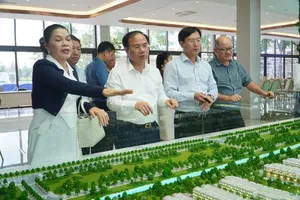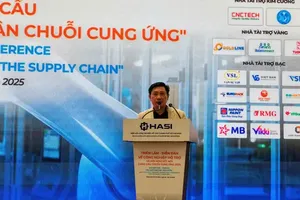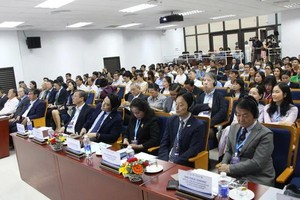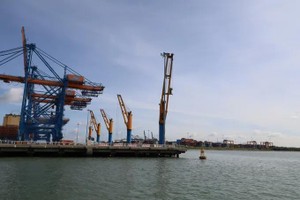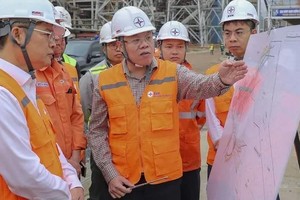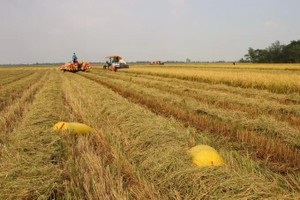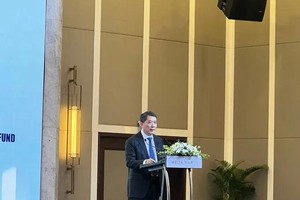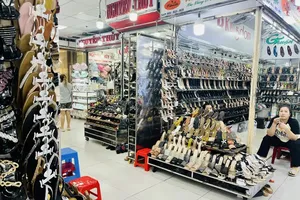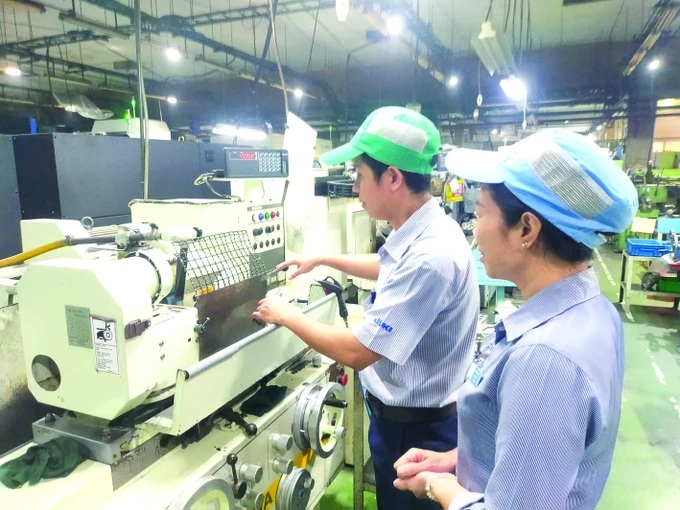
The urgency of this situation is underscored by the experience of Tran Van Ngan, a wood processing worker in Hoc Mon District. Initially hesitant to accept his company’s offer of advanced machinery operation training before the 2025 Tet holiday, a recent internal communication about potential downsizing of unskilled labor served as a powerful wake-up call.
“I was comfortable with manual work, so the idea of learning to operate machines for a new role felt daunting”, Ngan admitted. “But when I heard about the new equipment coming in and the HR discussions about streamlining unskilled positions, I knew I had to shift my mindset and level up my skills to stay employed.” He has since taken the initiative to enroll in a machinery operation course online.
Many workers in HCMC recognized the imperative of continuous learning years ago. Nguyen Tan Nam, a 34-year-old printing worker in Binh Tan District, exemplifies this proactive approach. When his company decided to invest in a state-of-the-art printing press from Japan, Nam, along with a technician, was selected for overseas training in operation and management. This opportunity stemmed directly from his earlier initiative in enrolling in advanced operation and high-tech application courses, anticipating the company’s technological advancements.
CEO Le Mai Huu Lam of Cat Van Loi Industrial Electrical Equipment Manufacturing JSC emphasizes that the relentless march of scientific and technological progress, encompassing digital transformation and artificial intelligence (AI), is the defining trend of this era.
For businesses to thrive, or even survive, the comprehensive integration of technology into production and operations is paramount. This necessitates a workforce equipped with commensurate skills, professional expertise, and crucial soft skills. Consequently, alongside process optimization and the widespread adoption of digital transformation and AI in management, Cat Van Loi Company has consistently invested in upskilling its employees through regular training programs, spanning the entire spectrum from production to business functions.
The impact of automation is not confined to low-skilled roles. Increasingly, even traditionally skilled workers in established positions are finding themselves vulnerable to workforce reductions. Human Resources Solution Director Nguyen Thi Quynh Phuong at Talentnet Corporation points out that mere competence is no longer sufficient. The modern workplace demands a proactive learning mindset, a thirst for knowledge, creativity, adaptability, and crucially, mastery of new technologies.
The HCMC Center for Forecasting Manpower Needs and Labor Market Information projects a surge in recruitment in 2025 as the economy rebounds and businesses restructure. However, this demand comes with heightened expectations for skills and expertise. The explosive growth of e-commerce and AI is also creating novel job opportunities, further underscoring the need for continuous upskilling to remain competitive.
Vice President Tran Anh Tuan of the HCMC Vocational Education Association highlights that advanced technology, online work environments, intelligent production processes, and the universal application of digital transformation and AI are fundamentally reshaping talent acquisition, operational workflows, and human resource development.
This reality compels workers to possess both deep specialized knowledge and essential soft skills such as communication, teamwork, and the ability to leverage AI to enhance job performance. Therefore, a proactive approach to acquiring knowledge, honing skills, and accumulating experience relevant to the current and future work landscape is paramount.
Forecasts for the second quarter of 2025 indicate a demand for 77,000 to 82,000 workers in HCMC, with the trade-service, industry-construction, and agriculture-forestry-fishery sectors leading the recruitment drive. Notably, over 88 percent of the demand is for trained labor, with elementary vocational skills accounting for over 34 percent, intermediate 20 percent, college 14 percent, and university degrees and above over 18 percent.
This clearly illustrates the HCMC labor market’s increasing need for a highly skilled and specialized workforce to keep pace with the city’s economic dynamism. This presents both a significant challenge for workers to elevate their qualifications and a considerable opportunity for those who proactively invest in skill development and capitalize on the evolving economic landscape to secure relevant and stable employment in the years ahead.




